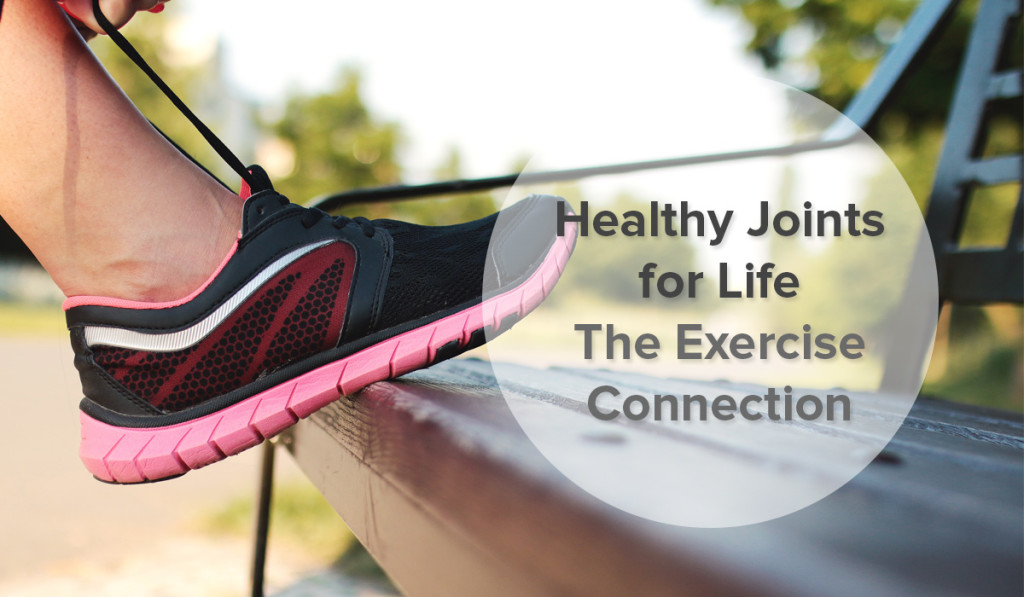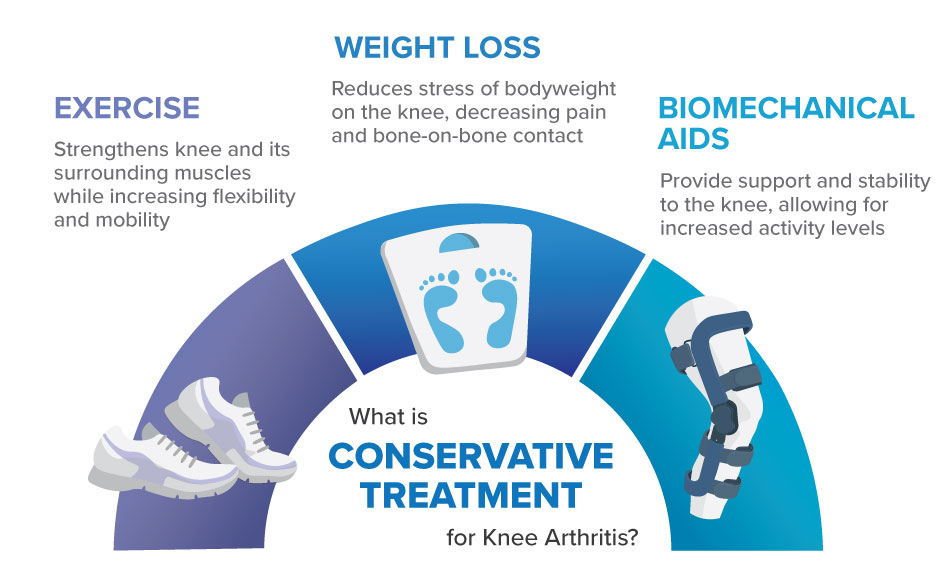Healthy Joints For Life – The Exercise Connection

Healthy joints are important to help keep you walking, running, jumping, playing sports, and doing everything else you love to do. Joints are where two or more bones are joined together in the body, like your knees, hips, and shoulders.
What Can Go Wrong?
The most common type of joint disorder is arthritis. Symptoms of arthritis often include pain, swelling, stiffness, and loss of mobility. The most common types of arthritis are:
- Osteoarthritis – A condition where the cartilage (protective cushioning) in a joint wears down, usually over time.
- Rheumatoid arthritis – An autoimmune condition where your body’s immune system thinks that its healthy cells are foreign, so it attacks its own healthy tissues.
- Gout –A type of arthritis caused when there is too much uric acid (a chemical produced by your body and from food in your diet) that builds up in the joint.
- Other – Some types of arthritis are associated with certain diseases and conditions like fibromyalgia, a chronic condition causing muscle pain and fatigue, psoriasis, a skin condition causing itchy, red skin, and lupus, another autoimmune condition where the body thinks its healthy cells are foreign, so it attacks its own healthy cells.
Strains, sprains, and dislocations are very common and usually heal over time, but repeated injuries can become a bigger problem. When you keep dislocating your shoulder while playing baseball or spraining your ankle while running, this can cause other conditions like osteoarthritis, tendinitis or bursitis (inflammation inside the joint) over time.
The Exercise Connection
Regular exercise plays an important role in keeping your joints healthy throughout life.
- Youth – Taking care of your joints when you’re young will help build the foundation for healthy joints for the rest of your life.
- Adult – As an adult, exercise is important to help maintain your overall joint health and mobility.
- Senior – In later years, regular exercise can help improve your overall quality of life and mobility.
Exercise plays a key role in helping to maintain a healthy body weight and increasing muscle strength and bone mass, which are all crucial for preventing injury and reducing stress on the joints.

Exercise helps maintain healthy joints, and is considered one of the three main components of conservative treatment for knee arthritis.
Exercise as Treatment for Chronic Pain
Exercise is a great and effective way to treat long-term pain. Your doctor or physical therapist will be able to help you design an exercise program to help reduce pain and maybe even stop or postpone the need for surgery. Since inactivity can actually increase joint pain and stiffness, staying active is important!
Exercise and Knee Health
The knee is the most commonly injured joint in the body, usually from being put into a position beyond its natural range of motion. Even though intense physical activity can increase your risk of knee injury, overall exercise helps keep your knees healthy. Studies found that physical activity can have a protective effect on the cartilage in your knees. Keeping your cartilage healthy is important because it provides protective cushioning between bones in a joint. Since cartilage doesn’t have its own blood supply and has to get nutrients from the fluid that’s in the joint, exercise may help to force important, nutrient rich joint fluid into the cartilage. Regular exercise can also keep your knees healthy by contributing to a healthy body weight and by strengthening your bones and muscles (hip and thigh) surrounding your knee, resulting in less stress on the joints.
Does the Type of Exercise Matter?
Studies have shown that exercise benefits your joints instead of hurting them. To keep your joints as healthy as possible, the type of exercise does matter. The three types of fitness – aerobic, strength, and flexibility – all provide different benefits for your joints.
- Aerobic – Cardiovascular exercise helps to control weight and can help build physical endurance.
- Strength – Strong muscles and bones mean less stress on the joints. Regular strength training can help strengthen the muscles surrounding the joints, reducing your risk of injury or of developing degenerative conditions like osteoarthritis.
- Flexibility – Regular stretching at the end of your workout can help promote good posture, good circulation, and prevent injury by increasing your safe range of motion during movements.
General Tips for Exercising for Healthy Joints
- Start slowly when beginning any exercise program. Trying to do too much too soon can increase your risk of injury.
- Make sure to always include a proper warm up and cool down in your workouts.
- Avoid overtraining by choosing age and fitness level appropriate exercises and allowing for proper rest in between workouts.
- If you have knee or lower body pain, choose non-weight bearing activities like swimming instead of high impact exercises like running.
Watch this video by livestrong.com for three great yoga exercises to help manage knee pain.
Exercise is excellent preventative medicine for the general population that can help keep your joints healthy for the rest of your life, but be sure to consult a doctor before beginning any exercise program, especially if you have any health issues.
